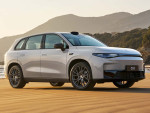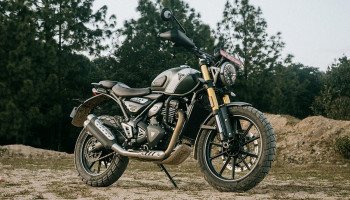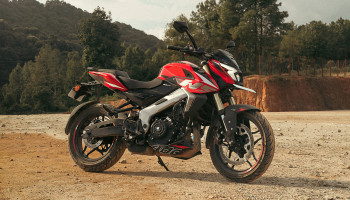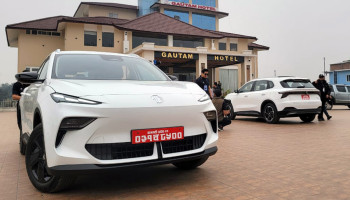We recently drove the Citroen C3. Despite being powered by a tiny 1.2L naturally aspirated engine, the C3 was a lot of fun to drive. Visually, we liked how it looked. It didn’t feel like a car that tried to conform to the segment. What it lacked in features and tech, it made up for with character and driving fun.
Shortly after we reviewed the C3 (ICE), Citroen launched the electric version of the car which started at Rs. 32.99 Lakh, Rs. 1.5 Lakh less than the starting price of the ICE version. As expected, we were promptly on the scene to review it.
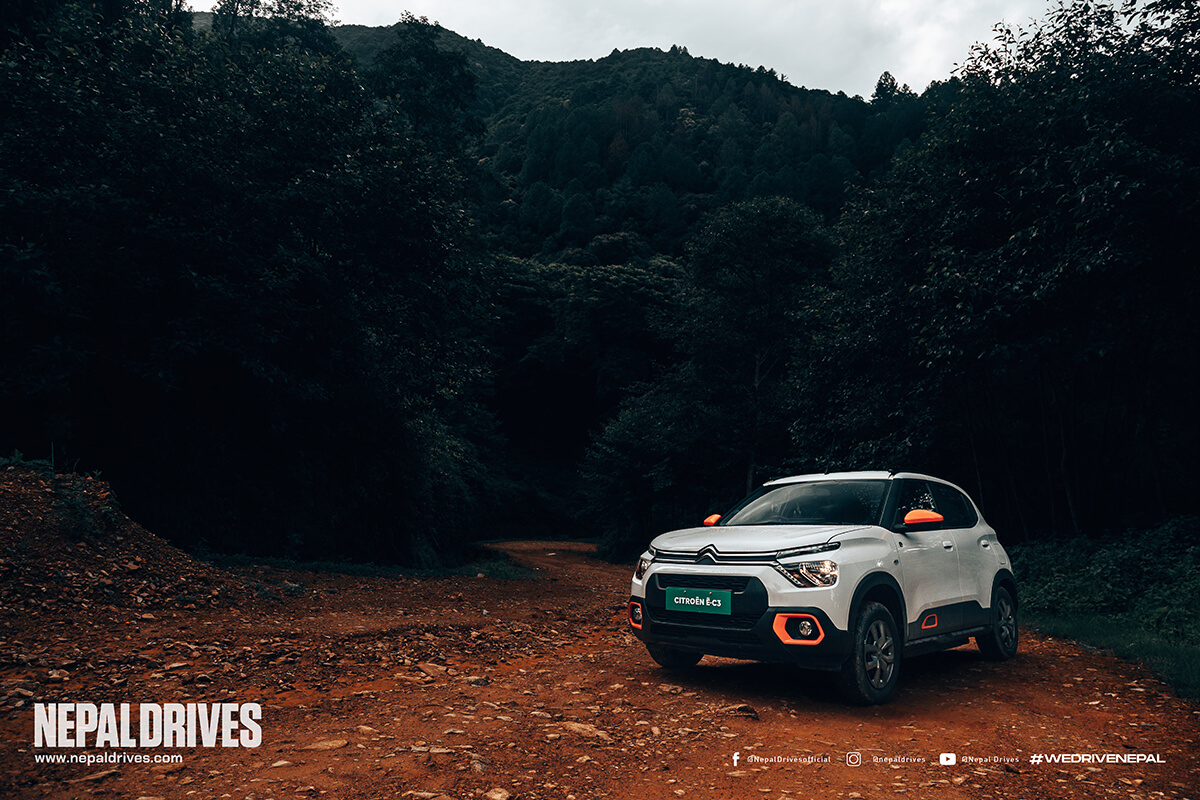
Exterior
Well, there isn’t much to tell you here. The Citroen eC3 looks identical to the ICE version, right down to the front grille, which is an open unit as opposed to most sealed ones that EVs tend to sport. You’ll need a keen eye to distinguish the eC3 from its ICE counterpart. The first and most obvious giveaway is the badging.
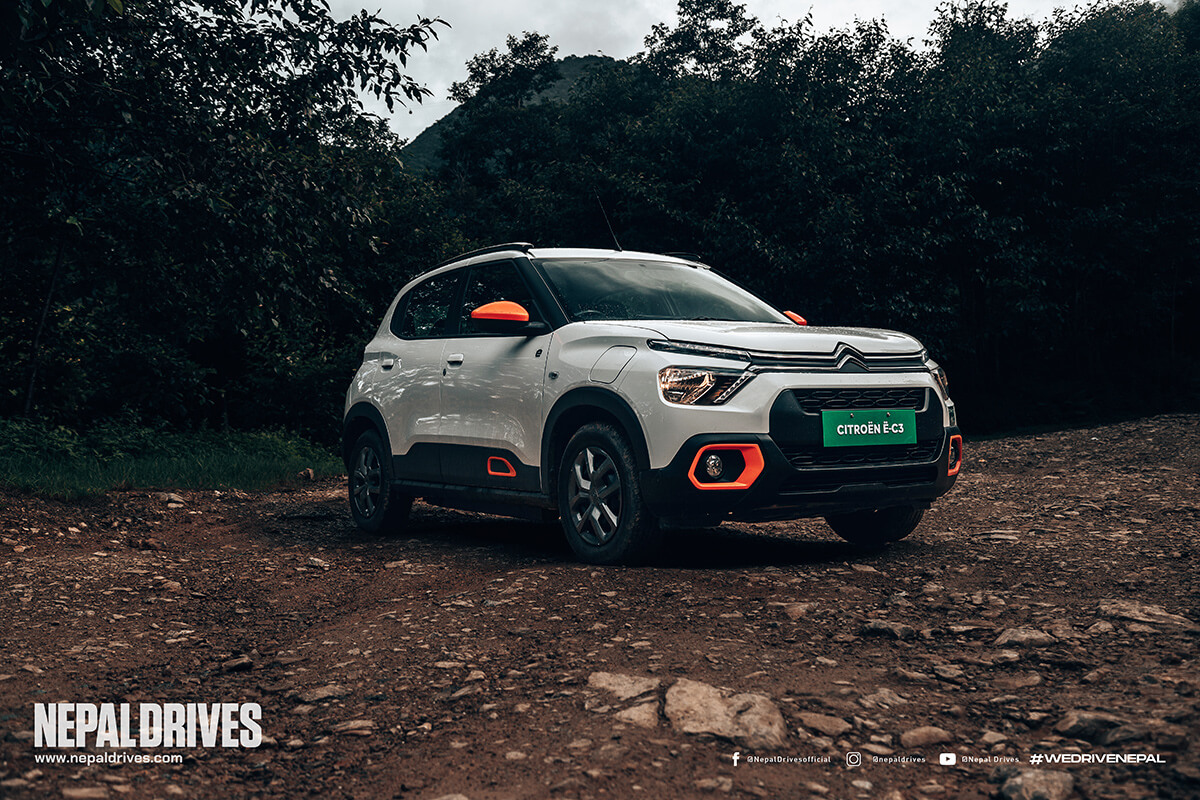
Then there is the charging port flap that you get above the right fender. Funnily enough, there’s a blank fuel filler flap as well, which you don’t get to open, but it will leave onlookers bewildered for a while. Finally, if you look closely, you will see that the car sits lower thanks to the battery pack mounted underneath. This, consequently, shaves 10mm of ground clearance from the ICE version, and the eC3 now has a ground clearance of 170mm. We didn’t run into any problems with it, and we think it’s plenty for your commute within the city, even on our pothole-filled roads.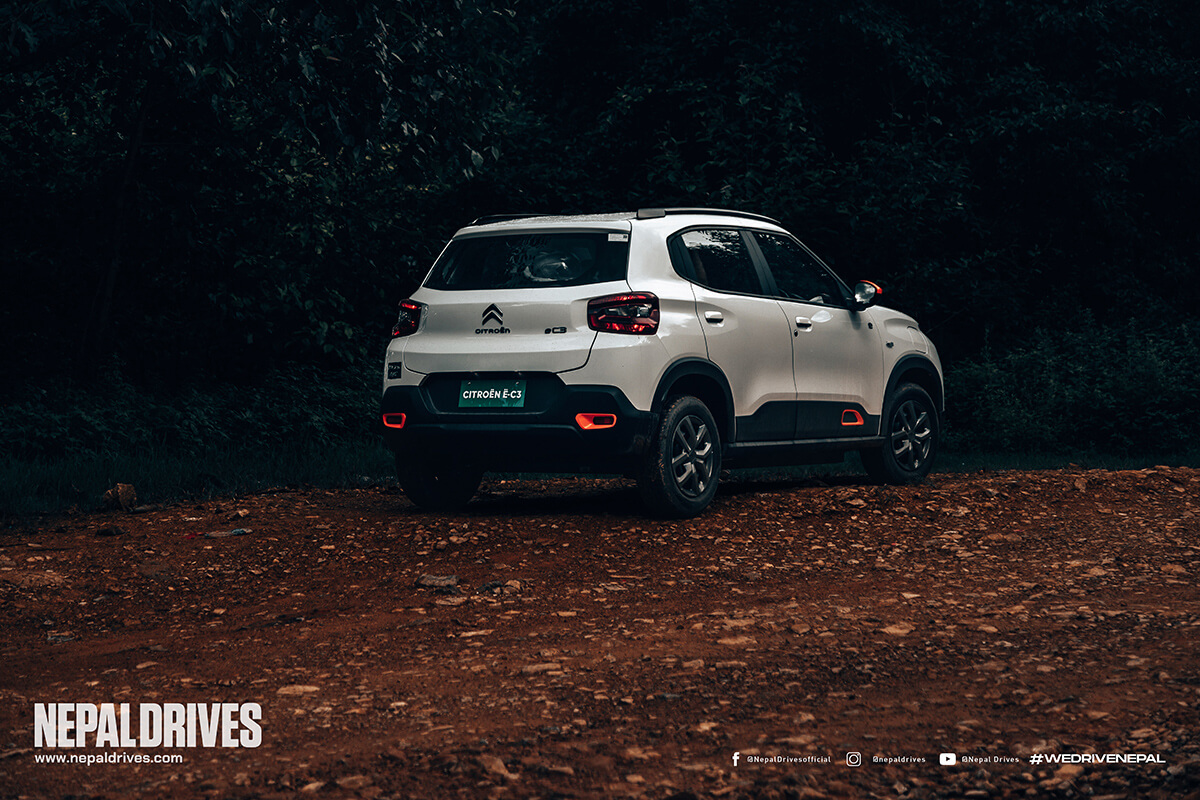
Apart from that, everything remains pretty much the same. We liked the fun, quirky styling of the Citroen C3 and we don’t mind how the eC3 looks either.
Interior and Features
The ICE C3 was pretty big on space, and the eC3 isn’t too different. Although the floorboard does come up 70mm to accommodate the battery, it didn’t feel cramped inside mainly thanks to its long wheelbase, which is 2540mm.
This number is an important factor. In many EVs, the battery pack is split (sometimes behind the rear axle) because it does not fit within the wheelbase of the car. Thankfully, the long wheelbase means that the battery pack fits within in, and the manufacturers don’t have to compromise on the boot space. This is why the Citroen eC3 retains its spare wheel and 315L boot space.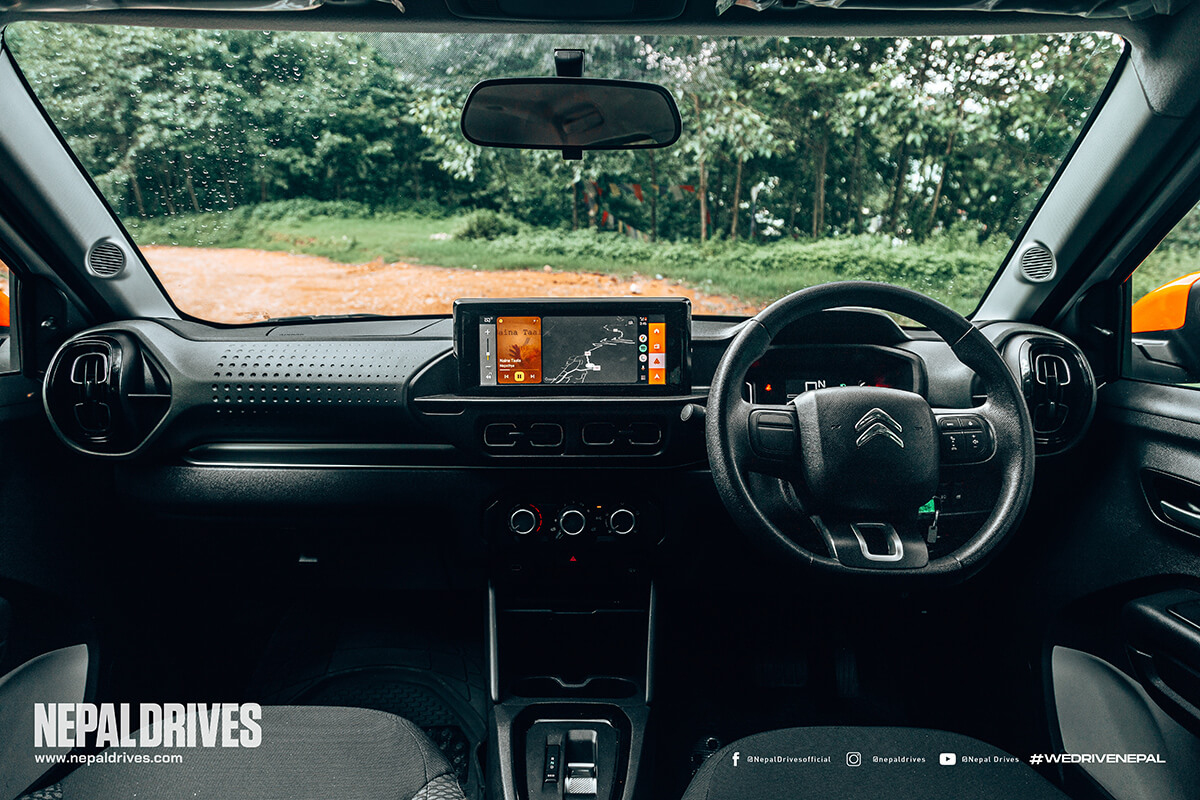
It isn’t all good news though. The under-featured nature that we noticed in the ICE C3 sticks out like a sore thumb, especially since it is now an EV. Once again, the interior cabin is identical, with the only discernible difference coming with the replacement of the gear lever with a toggle switch which you use to select drive modes and a button that puts you in eco mode.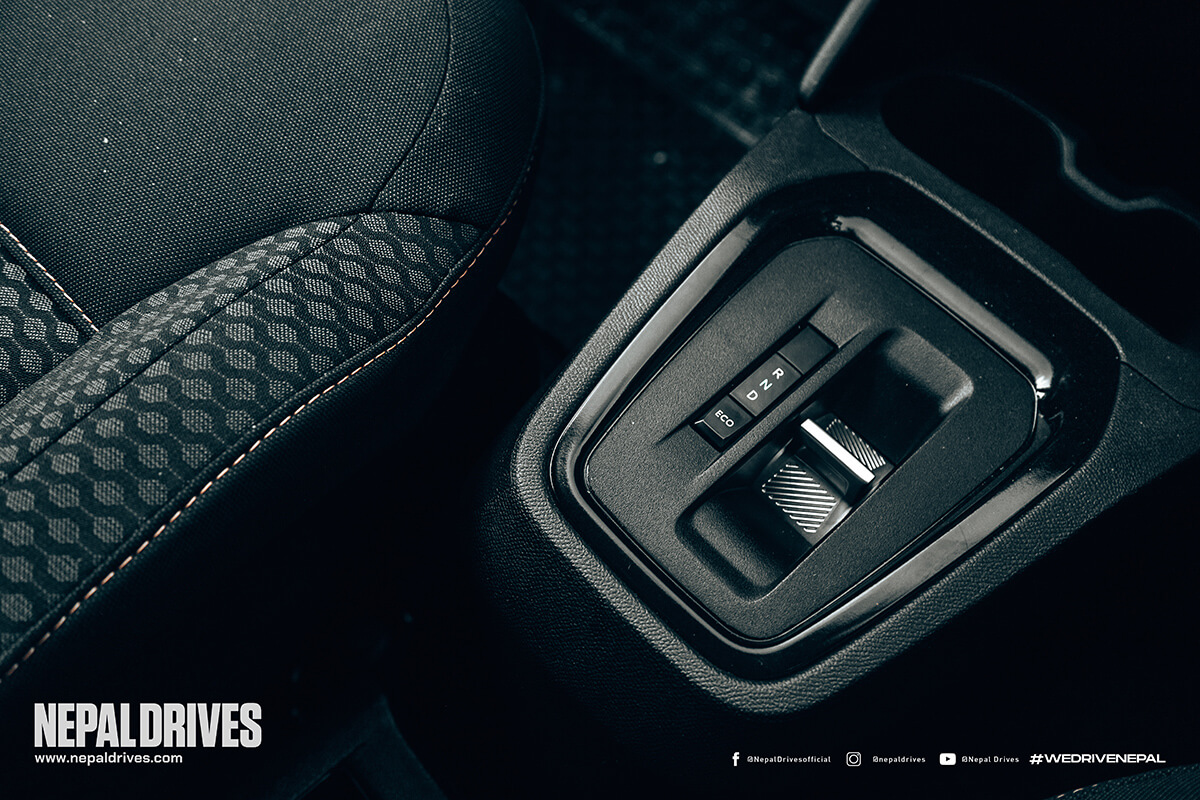
The positives are still there. An air of European sophistication with the styling, cool C-shaped air vents with chrome accents, and a huge 10-inch infotainment system that is beautiful to look at and smooth and easy to use, and Android Auto and Apple CarPlay all still count as positives. The instrument cluster is primitive, and it shows the battery bar (no percentage) and range. The AC, although pretty loud, works well.
Maybe putting too much focus on techy features isn’t a car-guy thing to do, but having to reach over to adjust the left side ORVM on a brand-new car isn’t something that you look forward to.
Performance
The lack of features on the ICE version of the C3 was made up for by its driving capabilities… for a 1.2L engine. It made the most of the engine and it handled very well. You could hold the revs and play with the engine and wring out every bit of performance that it had to offer. Don’t get us wrong, it wasn’t a supercar or anything, but it was fun. The eC3 though, felt tame. It could be that the ICE version had heightened our expectations a little too much, but the eC3 felt very mediocre.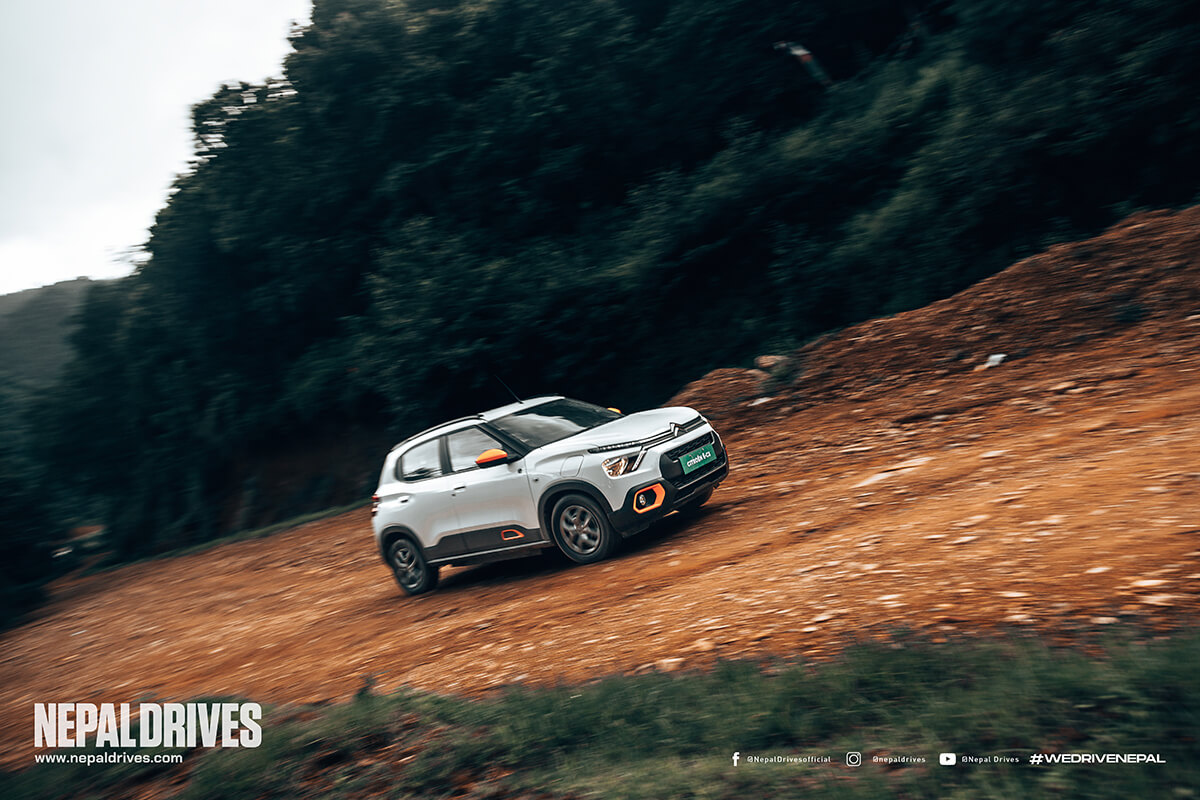
This car comes with a 29.2kWh battery that produces 57hp of peak power and 143Nm of torque. With this, it brings a very city-friendly experience. Step on the pedal and there is very little drama. It is easy to manoeuvre within city traffic and it’s good at keeping a steady pace. Switching to Eco Mode brings in very little change to the performance, so if you’re in the city you might as well save energy and stick to Eco Mode. You also get brake energy recuperation with a fixed predetermined level. Thankfully, it does not feel too intrusive. It feels pretty similar to engine braking from an ICE.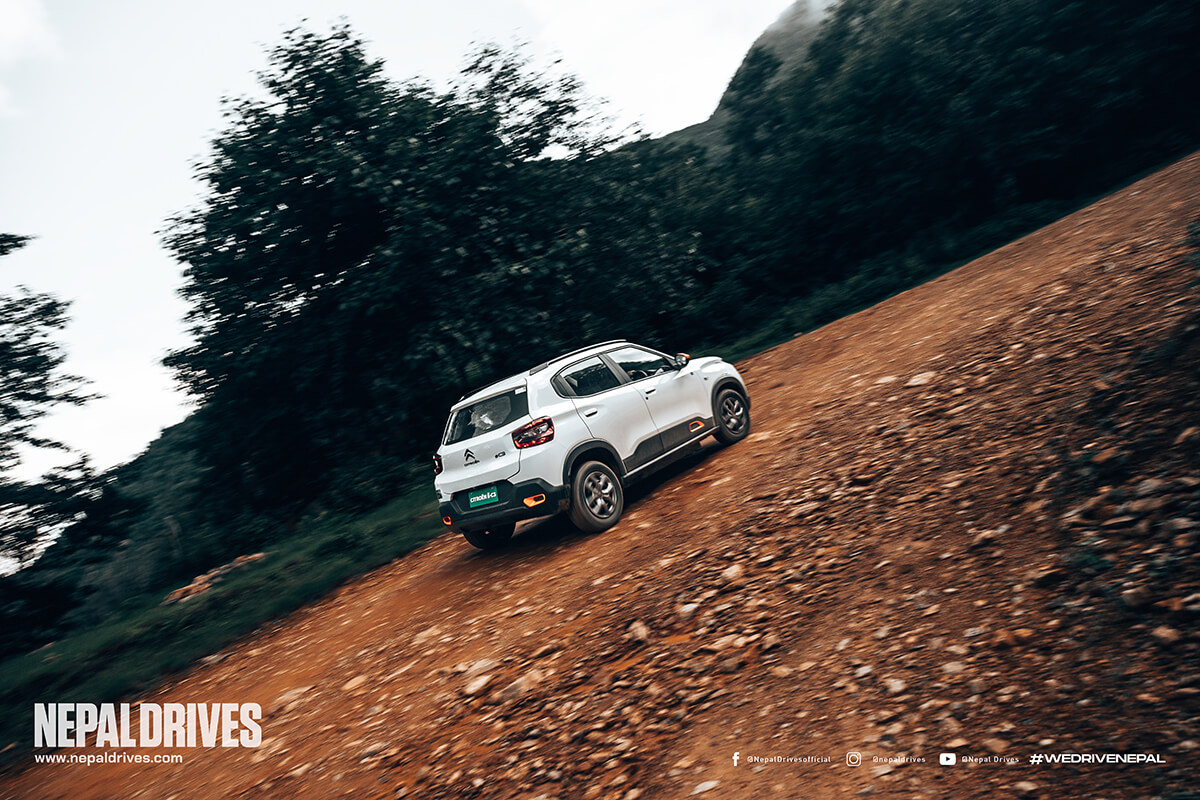
While the steering does provide adequate feedback, it isn’t as engaging as the petrol version of the C3. The suspension is on the softer side, so while the bumps on the roads are subdued, there is plenty of body roll. Despite this, the suspension is one of the best aspects of the car, and it provides a very pliant and comfortable ride quality.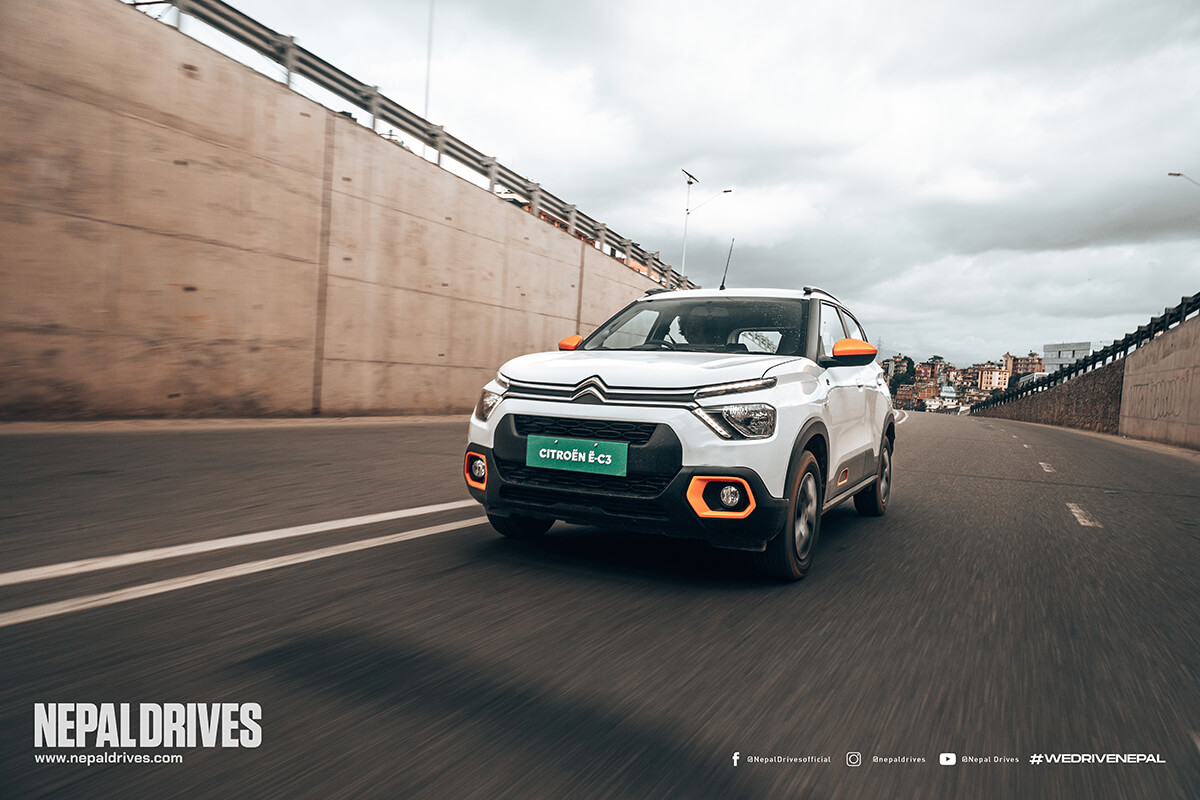
With everything all said and done, the driving experience of the eC3 is pretty sedate. Plenty for a city vehicle, but it won’t wow you in any way. We keep comparing it to the surprisingly good fun we had with the petrol-powered C3 and the experience keeps falling short.
Charging
The eC3 offers a claimed range of 320km (ARAI), though real-world figures might differ, as it does with all EVs. Citroen doesn't provide a wall box charger, necessitating a 10.5-hour charge time from 10 to 100 percent on a 15A plug point at home. Alternatively, a DC fast charger can take it from 10 to 80 percent in around an hour. Despite slower charging, Citroen promotes frequent DC fast charging for the car while others advise regular AC charging for battery longevity. This slower charging is due to the eC3's air-cooled battery system, which maintains low heat during charging and discharging, in contrast to liquid-cooled counterparts. Batteries heat up only when charging and discharging rapidly and in the eC3 both are kept at a low rate. Even on a DC fast charger, charging speed is throttled back.
Verdict
Here is what we think. Despite a lot of complaining on our part, the Citroen eC3 brings plenty to the table. It has its chic European styling, decent suspension, commendable cabin space and comfort, and it will get you around the city without complaints. Yet, you can’t get away from the fact that the feature list is woefully sparse. However, at Rs.32.99 Lakh (Rs.34.99 Lakh top variant), it does make a case for itself. We feel that it could have been priced better, but it still manages to exhibit decent value for money.
But then, so does the Tata Tigor EV which is priced at Rs.33.49 Lakh. In the world of ICEs, these two would be completely different segments, but for someone who’s specifically in it for the EV factor, it might not make too much of a difference. Maybe they would prefer saving some money instead. It is also only a matter of time before Tata brings out the Punch EV, which will make matters worse for Citroen.
And for someone willing to up their budget, you get a host of other options with more features. The Neta V comes in at Rs. 38.99 Lakh. Furthermore, there is the BYD Dolphin which is attractively priced at Rs 39,80,000. The Citroen eC3 is bang for your buck if you’re happy with an average driving experience and frugal features. And there is a massive market for a sensible EV that will get the job done. While we’ve been harsh on it in comparison to its fossil fuel-powered counterpart, it still does what you expect from a city-focused EV. However, we still prefer the driving fun we had with the ICE version, and for us, the choice is pretty clear.












